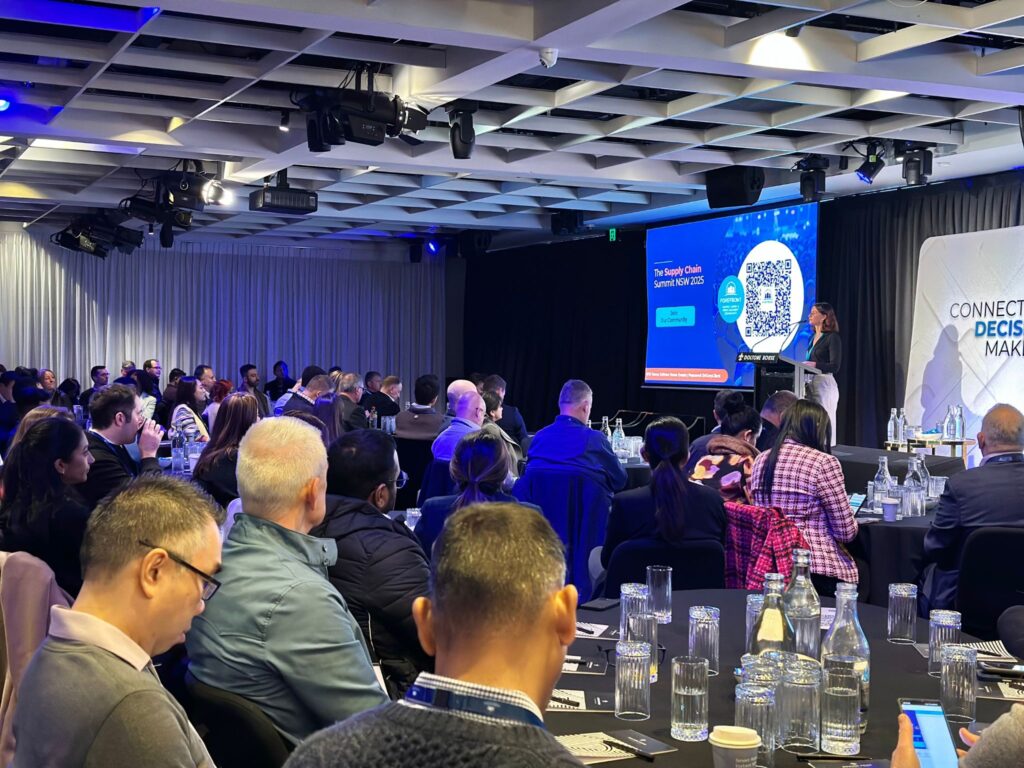Why does behavioural change fail more often than not ?
A leader is convinced that behavioural change of the organization is a must. The HR manager contacts a consultant and after 3 team sessions, a tailor-made behavioural change program is designed and approved… let’s do this! The leader kicks off with an energizing speech: “let behavioural change happen!”…
After several months the consultant demonstrates the success of the program by showing considerably higher scores in a result questionnaire. Great achievements!
However, this initial enthusiasm fades away over the subsequent months. By then, nothing tangible has changed. Some employees who have experienced this before may share cynical reflections…nothing really changes here anyway…
The higher score of the result questionnaire is a simple consequence of a human tendency, where we want to see our energy spend being rewarded. Awareness, the Hawthorne effect and Confirmation Bias naturally result in scoring the questions higher after all attention given.
The leader has not involved himself through the painstaking details of everyday attention, has not put his own sub-optimal behaviour as example. He was not “ full in” himself, but too much relied on the HR manager and consultant to deliver the change: you cannot delegate leading behavioural change!
Furthermore, the contents of the change program itself may have been too general and vague, like “we should work together as one team and communicate better”… yeah..
In this blog we share 5 pragmatic tips for a behavioural change approach that have proven to be effective at companies Argon & Co has worked with. As a consultant…, that makes this blog convincing (sic !).
- Make it relevant
Relate the targeted behavioural aspects to a critical business purpose. The business improvement project is to serve as platform to demonstrate the targeted behavioural change.
- Scope down to max 3 items
To avoid employees focus on different aspects, scope down to max 3 selected items, as generally people can recall max 2 to 3 items from a list anyway.
- Make it operational
Avoid targeting a change on what people think. It is the result of mental processes, the observable behaviour that counts and that makes a difference in practice. Behaviour only is observable once you can point it out and count it.
- Integrate in daily operation
Integrate the observations and feedback in your daily work. Make it part of your existing operating system. Behavioural change does not occur in separate change sessions. It should be part of our everyday reality.
- Direct feedback
At the end of each meeting, score the selected behavioural aspects. Have the score sheet visible, so everybody can see the trending over time. Ensure to have an escalation model in case scoring drops below a critical limit.
At Argon & Co we implement business improvement projects with bottom-line P&L results. To deliver these results, a behavioural change initiative is integral part of our project approach. If you want to know how above practical tips result in actual business value, give us a call.







